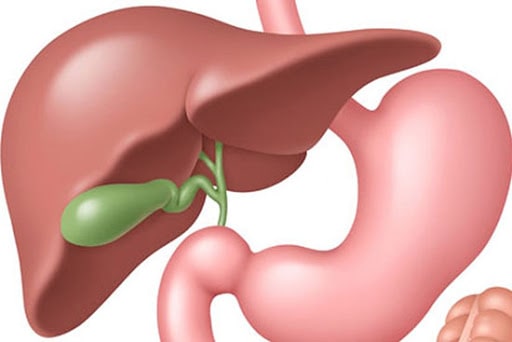
What is Cholecystitis
Cholecystitis is a sudden inflammation of the gallbladder. If the disease persists over time, it is accompanied by recurrent cholecystitis attacks or recurrent gallbladder problems. The gallbladder is a small, pear-shaped organ located in the inferior side of the liver. The gallbladder sac stores bile, which is made by the liver, and sends it through the common bile duct (CBD) to the small intestine to help digest fats. CBD connects the liver, gallbladder and pancreas to the small intestine. Gallstones that block the CBD are the leading cause of Cholecystitis. If the cholecystitis left untreated, the gallbladder may be ruptured. The gallbladder rupture is a medical emergency. Treatment usually includes antibiotics, analgesics and gallbladder removal.
Who is at risk of Cholecystitis
Gallstone formation is more likely to occur in women than in men. Therefore, women are more predisposed to get cholecystitis than men. Hormonal changes can often cause cholecystitis. Thereby, pregnant women and people undergoing hormone therapy are at higher risk.
The risk of developing the disease increases after the age of 40. Spaniards and Native Americans are at higher risk for gallstone formation than others.
Obesity, rapid weight loss/gain and diabetes mellitus can increase the risk of cholecystitis, too.
Symptoms of Cholecystitis:
-
Severe abdominal pain
-
Abdominal cramps and bloating
-
Pain that spreads to the back or under right shoulder
-
Fever and chills
-
Nausea and vomiting
-
Loose stool
-
Jaundice (yellowness of the skin and sclera)
-
Itching
Nutrition in Cholecystitis
After recovery, it is recommended to eat five to six smaller amount meals a day. A large meal can cause spasms in the gallbladder and bile ducts.
Consumption of low-fat diet is recommended; including low-fat protein foods such as chicken or fish. Also, fatty meat, fried foods and any high-fat foods (like whole milk products) must be avoided.
Healthy foods for the gallbladder
To keep the galbladder healthy, consume the following foods in your diet:
-
Bell pepper
-
Citrus fruits
-
Dark greens and green leaves
-
Tomato
-
Milk
-
Sardinia
-
Fish and oysters
-
Low-fat dairy products
-
Beans
-
Nuts and fragrant
-
Lentils
Eating a healthy and balanced diet full of fruits and vegetables is the best way to improve gallbladder health. Fruits and vegetables are high in nutrients and fiber, are essential for a healthy gallbladder. Some of these foods contain vitamin C, calcium, or B vitamins, which are also good for the gallbladder.
Eating more plant-based proteins is also thought to help in prevention of gallbladder disease. Foods containing beans, nuts, lentils and soy (as long as you are not allergic to say) are great alternatives to red meat.
Foods that aggravate gallbladder inflammation
Avoid the following foods for a healthy gallbladder:
-
Vegetable oil
-
Peanut oil
-
Refined white foods (bread, pasta, etc.)
-
High-fat foods
-
Processed foods
You need to avoid certain foods to protect your gallbladder. The worst foods are high-fat and processed foods. Foods that are high in fat or fried in oils such as vegetable oil and peanut oil are more difficult to break down and can cause gallbladder problems.
Trans fatty foods, such as cooked or commercial foods, can also be harmful to gallbladder health.
Avoiding foods with refined white flour, such as white pasta, bread and sugar can protect your gallbladder. You should also avoid alcohol and tobacco.




